Spain.
Philip III,
100 Escudos 1609,
Segovia.
Unique.
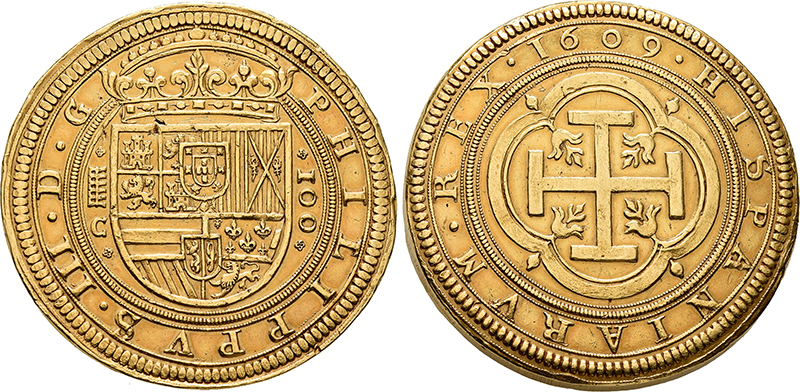

Roman Republic.
Cleopatra VII and Mark Antony,
Tetradrachm 36 BC,
Antioch on the Orontes.
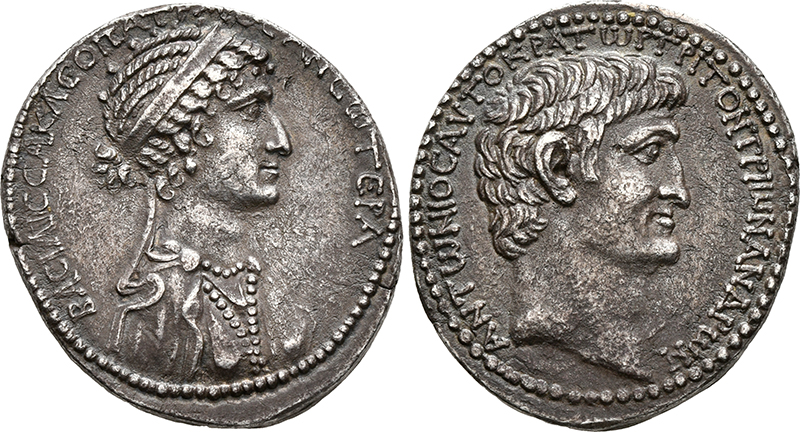
Great Britain.
Henry VII,
Gold Sovereign,
type I, Cross Fitchee, n. d. (1492),
Tower mint.
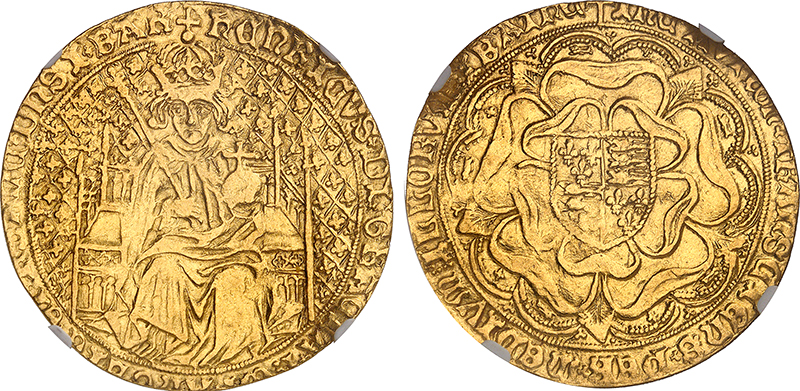
Archive: People and Markets
Will the International Coin Market Be Affected by the New US Tariff Policy?
America’s tariff regime is dominating the headlines. Yesterday morning (CET), when Ursula Kampmann wrote this article, many countries were under the threat of high punitive tariffs. As of yesterday evening (CET), this is no longer the case. But it is still interesting to consider what would happen in the coin market if punitive tariffs were imposed.
The Numismatic Index on 11 May 2023
The numismatic index numindex transparently shows how the prices of selected coins change over time. In the style of a stock index, it was designed for collectors who consider their collection an investment. Find out about the current state of the index.
Archive: Coins, Medals and more
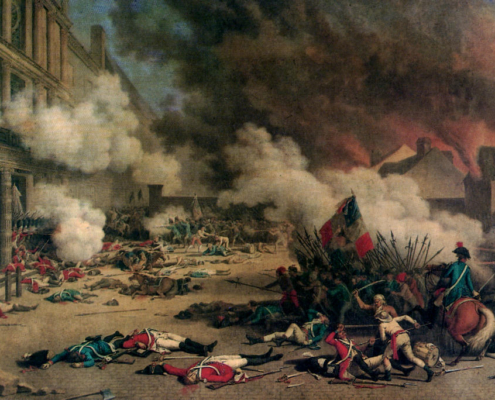
French History in Coins – Part 1: Kings, Consuls and Emperors
The French Revolution also revolutionised the country’s monetary system. Join us on our voyage through the monetary history of modern France. We will start with the First Republic and one of the most famous French coins out there.
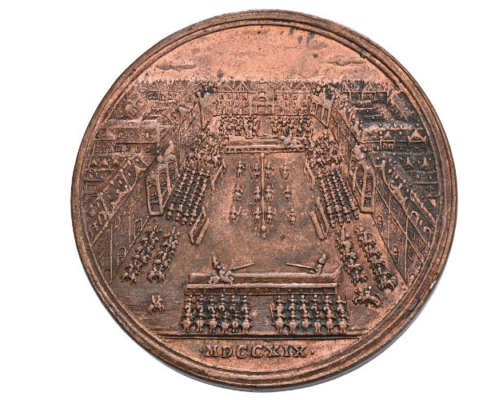
The Wedding of a Century in Saxony
In the days of absolutism, a feast was not simply a gathering of friends and family. It was a political means of propagating one’s status. That is exactly what Augustus the Strong did in 1719. His son’s wedding was nothing but a welcome occasion.






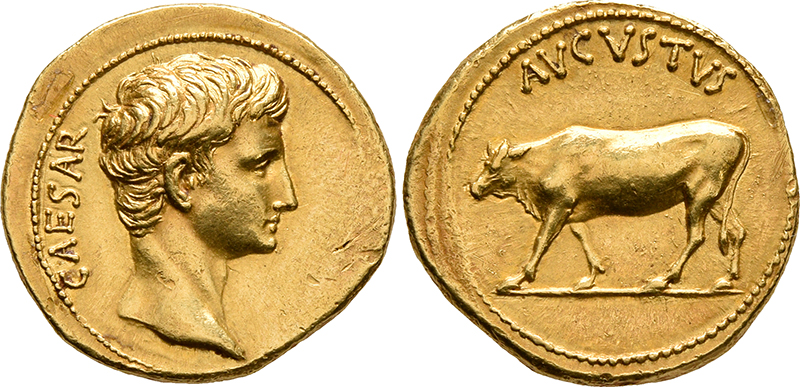
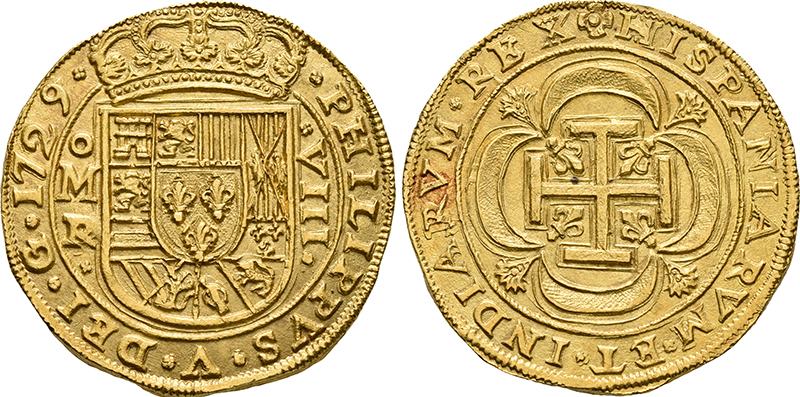
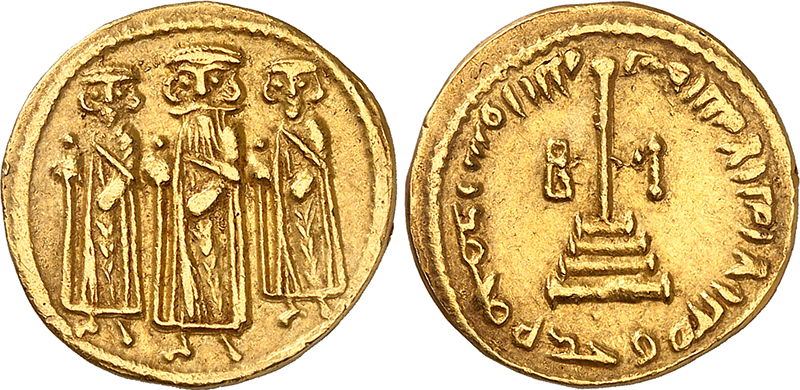
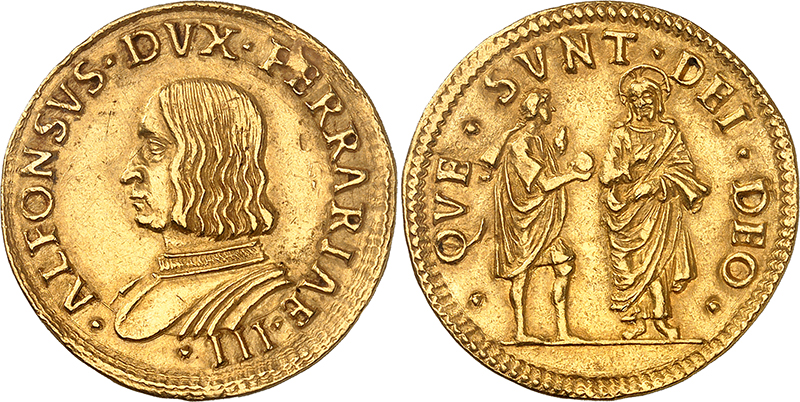
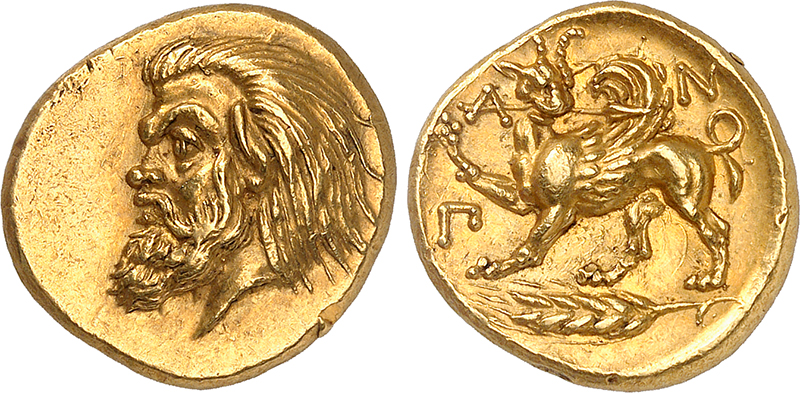
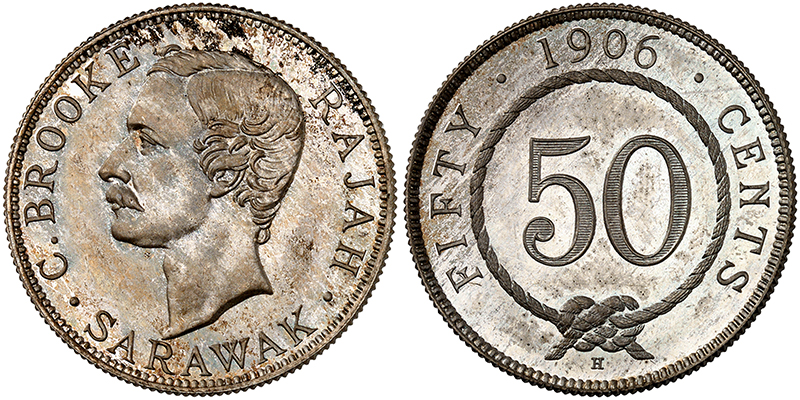
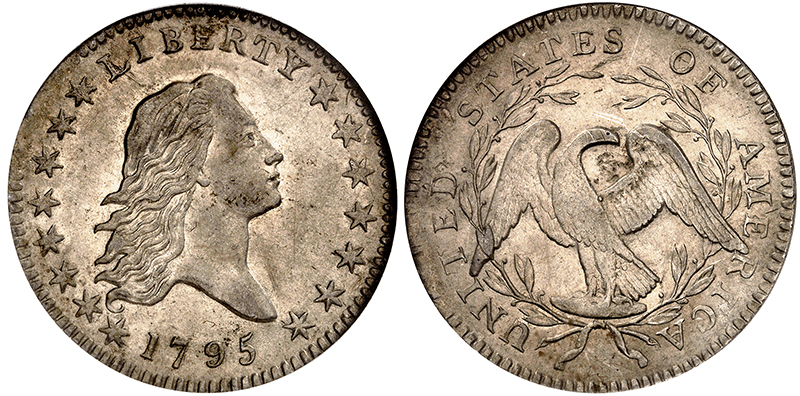
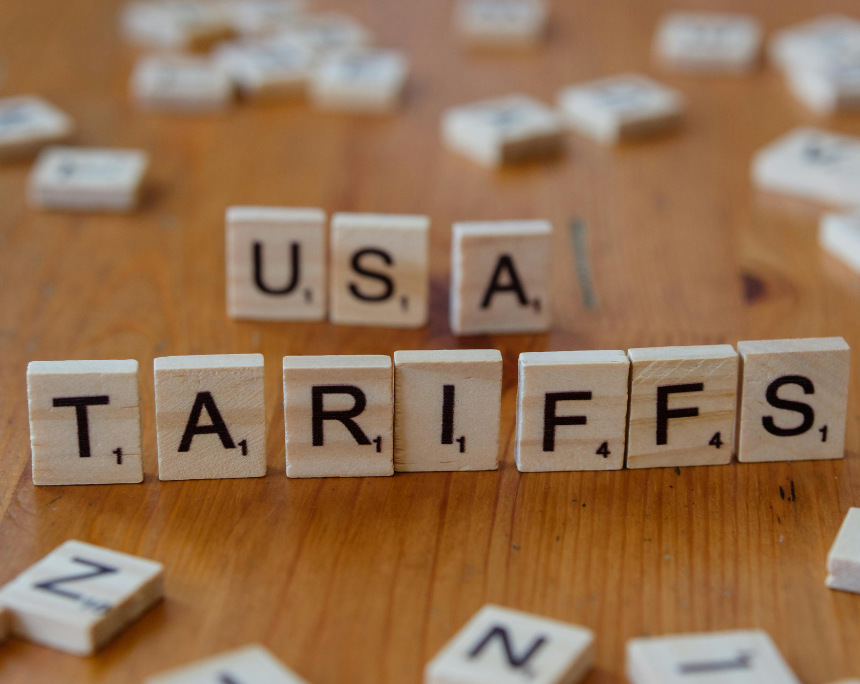


Third edition of the Swiss Cable Cars series: Schilthorn Cable Car
The third coin in the “Swiss Cable Cars” series puts the Schilthorn in focus. A tribute to a region full of history and significance in the Swiss Alps.
ANS Announces Recipient of Chairman’s Fellowship in Numismatic Research
The American Numismatic Society has chosen the inaugural recipient for the Chairman’s Fellowship for Numismatic Research. The fellowship will fund a dissertation research and a planned book project.